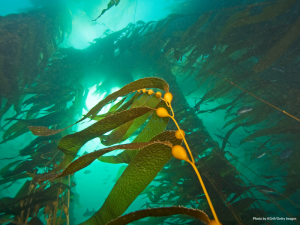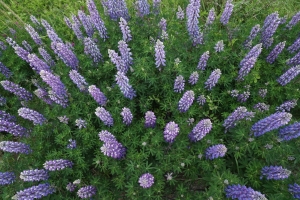APPEARANCE
Sitka spruce have papery seed cones and stiff sharp needles, and thin and scaly brown-purplish bark. The tree has light, soft, strong and flexible wood. It grows an average of 70 metres tall and two metres in diameter.
RANGE & HABITAT
They can be found along the west coast of B.C., from sea level to 700 metres in elevation. Sitka spruce is the largest spruce in B.C. and the tallest tree in Canada (95 metres tall!). It is found in the Carmanah Valley on Vancouver Island.
LIFE CYCLE
The Sitka spruce has a very fast growth rate. Its cones grow at the top of the tree, and ripen in one growing season. New twigs are yellow-brown to orangey-brown with a flat, wide shape.
ANIMAL USES
Since the Sitka spruce provides a canopy that shields wind, rain and cold, larger animals such as deer and fox will go under the branches for shelter. It provides space for nesting and for hunting by birds of prey like goshawks and sparrow hawks. The crossbill, creeper, coal tit and pine siskin are smaller birds that also make their homes and feeding grounds near the Sitka spruce.
TRADITIONAL USES BY INDIGENOUS PEOPLES
The roots are wound into hats, baskets, rope. The pitch can be used for waterproofing and glue. The young shoots can be eaten for vitamin C and as a laxative. The wood is used for construction and art.
OTHER USES
The Sitka spruce is used in construction, ship building and musical instruments.
STATUS
COSEWIC: Not at Risk
CDC: Yellow
















































